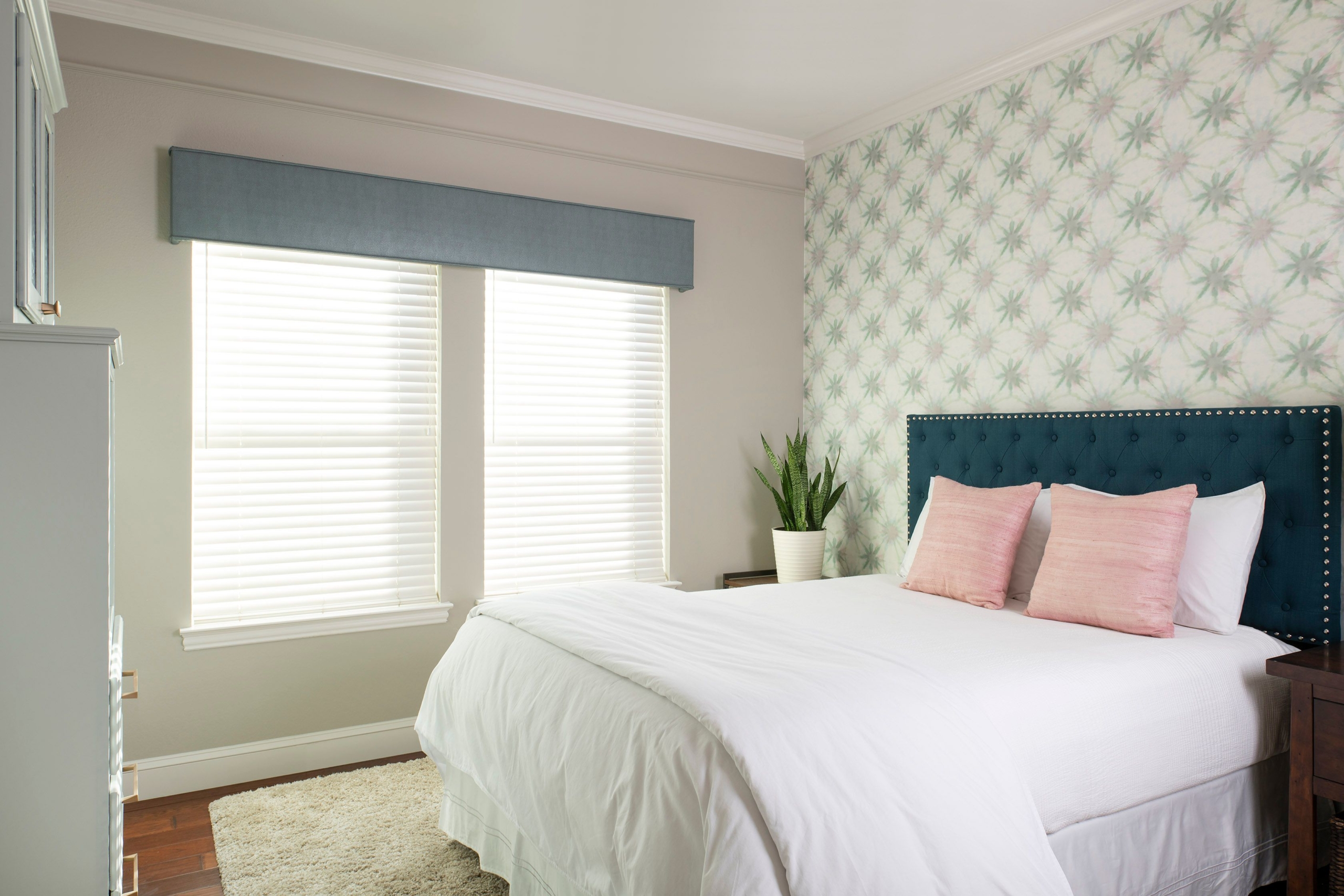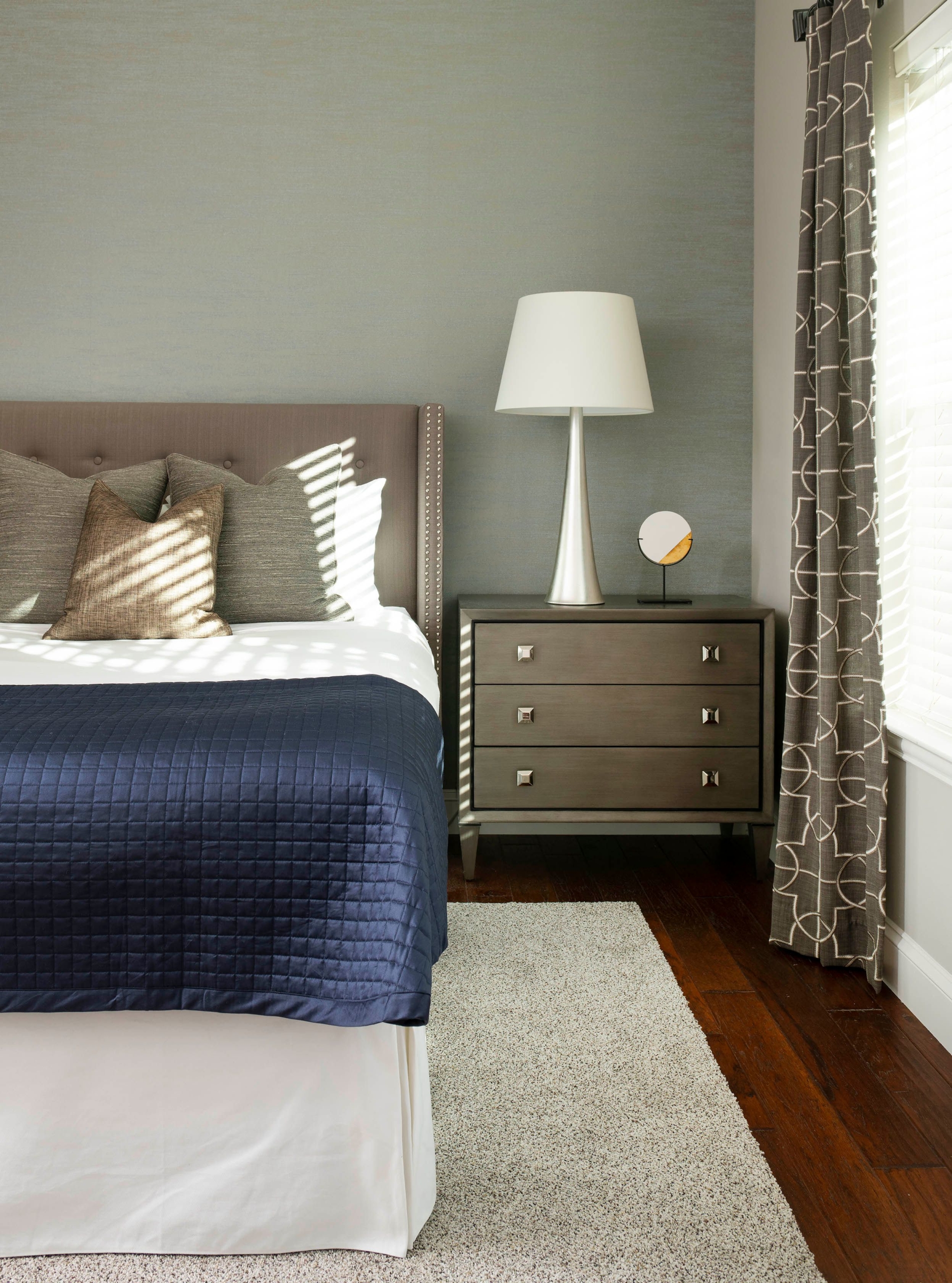Six Tips For Improving Your Home-Work Life Balance

Before 2020 working from home for some of us was a dream. Now, it has become most of our reality. If some of you feel like the transition of bringing and conducting work from your permanent residence is still not where you’d like it to be, we have the tips to help you find the perfect blend of work and life. These are handy alterations you can use to modify your environment to prevent your work and personal life from becoming one endless headache. Support your healthy living with interiors that inspire productivity and encourage relaxation and entertaining.
Together But Separate
Separating your work and home life when these places are now one in the same has prompted conscious life and interior design solutions that will help bring order and balance to you and your family.
1. Set Office Schedule
Depending on your line of work, your regular office hours may not always be 9 to 5. With your clients and workload in mind, be sure to set standard work time hours, so you know where you need to start and end your day to complete your duties. This may go without saying, but you would be surprised how key time management is to ensure you’re not burning the midnight oil when you could enjoy time with your family.
2. Take Breaks
Be sure to designate break times that nurture your overall mental health, like eating away from your desk or putting your phone down to take a brief stroll outside. Keeping a semi-consistent schedule will help hold you accountable and prioritize work items first, so you have the time and freedom later to unplug.
3. Establish Your Home Office Space
While your entire home is yours to live, work, and play in–it is best to work from one room within your home base. Having your designated business area will allow you to be more productive and focused. Your type of business will help you decide on your workspace’s size and location within your home.
A couple of things to consider when designating your business area are your overall day-to-day living rituals and the consideration of special events. If you don’t have a dedicated home office, there are plenty of home office alternatives. You could utilize a spare bedroom, a closet, a private nook under your stairs, or a quiet living area that is rarely visited and far away from the kitchen or laundry room. Create an environment that will work for you to make your job easier and more enjoyable.
If you have a family that lives with you, you know that they are part of the equation. Don’t forget to plan how your new work environment will impact them. Preparing your workspace will help enhance your day at the office and minimize any unforeseen obstacles later down the line.
4. Design and Curate Your Home Office Space
Ensure your office furniture, equipment, and surroundings serve you the best in their appearance and function. Do you need a traditional desk with a computer, or will you need a modified workstation? Computers and desks come in plenty of configurations and alternatives nowadays that make them more comfortable and functional. If you require storage, make sure your desk drawers fit in their new home and open and close easily. You’ll want the ability to house all of those little odds and ins you may need and still keep everything in its place and out of sight. Natural lighting in your work area is essential! Open your blinds or curtains to windows or position your desk under a skylight. If your workspace is in a windowless area of your home, consider splurging on quality lighting. This will help alleviate eyestrain and increase your productivity.
You not only have to interact with this area every day for business purposes, but you also have to live among your office atmosphere to a certain degree. Making sure your interiors flow from business YOU to personal YOU will ensure a unified look that is equipped and easy on the eyes.
5. Weed Out Distractions
Flexibility in your time does not mean you should distract yourself with daily household chores. Dirty dishes and laundry can wait till your day at the home office is complete. These distractions will keep you from completing the tasks at hand and you’ll quickly find that you’ll get far less work done or that you will need to work later to get the same amount of work done. Part of the dream we used to have of working from home is how productive we could be if we had that freedom. Trust us, block out that temporary mess until you are done with your workday.
6. Set Boundaries And Close Down for the Day
That feeling you get when you come home after a hard day’s work is still supposed to happen. This relaxing moment can be hard to come by if you never entirely turn off, and we understand that here lately, it is easier said than done. If you are preparing to call it a day, go ahead and shut down your equipment, whether it is your business phone, laptop, or any technology that could strain your eyes from overuse. The tiny notification bubbles on any backlit screen can wait while you are enjoying dinner or reading your favorite book.
Don’t forget to leave your office for the day. Departing from your work area for the day can help you separate work life from home life. If your business space is in a central location of the home where you’ll have to pass by from time to time, modify your business environment for non-business hours. This will help enforce that line in the sand where you are truly done for the day.
Setting boundaries for yourself is crucial to an overall healthy well-being. Be present in those little moments of life. You’ll find that you will be a more engaged and fulfilled human being who enjoys the work-life balance.
Get It Together
Learning and perfecting the boundaries you set will help you feel more in control of your life. Keeping business and home life humming along is important, but so is the time for your personal life events as well. Birthdays and anniversaries are meant to be celebrated. Allow yourself to have this kind of time and freedom to lead a more productive and happy life.
Have you recently found a job that you love that will allow you to work from home? Are you trying to master the work-life balance? Let us guide you through to a productive and stress-free New Year with a new home office design. We can help save you time and change the way you see working from home.












